24th May 2021

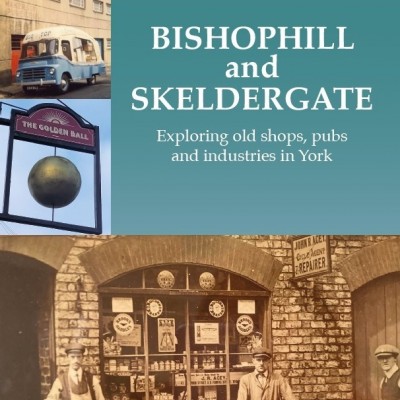


View navigation
24th May 2021
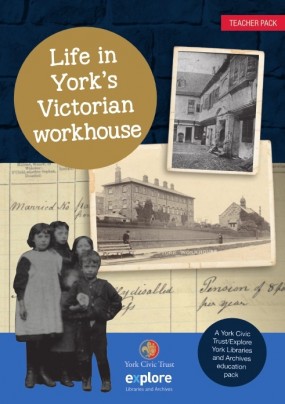 York Civic Trust aims to educate the next generation about York’s history and heritage. Its four beautifully illustrated packs target primary age children, but are of interest and relevance to anyone who enjoys discovering York’s varied past. Using historic photos, original documents and real life stories, each pack (produced in conjunction with York Explore) recounts a national historic event, viewed through a local lens. The reader is taken into York’s Victorian workhouse, shown why Votes For Women mattered and given a sense of what it was like to live through two world wars.
York Civic Trust aims to educate the next generation about York’s history and heritage. Its four beautifully illustrated packs target primary age children, but are of interest and relevance to anyone who enjoys discovering York’s varied past. Using historic photos, original documents and real life stories, each pack (produced in conjunction with York Explore) recounts a national historic event, viewed through a local lens. The reader is taken into York’s Victorian workhouse, shown why Votes For Women mattered and given a sense of what it was like to live through two world wars.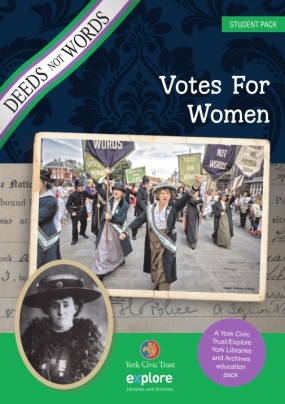 The suffragette movement was a slow burn in York, until Emmeline Pankhurst spoke in the city in April 1911. The Votes For Women pack tells how her meeting was publicised by women chalking the time, venue and date on the pavement, an activity which gave rise to a very irate letter to the editor of the Yorkshire Herald, complaining about the 'very great eyesore' that their advertising left on the pavement. Some things don’t change!
The suffragette movement was a slow burn in York, until Emmeline Pankhurst spoke in the city in April 1911. The Votes For Women pack tells how her meeting was publicised by women chalking the time, venue and date on the pavement, an activity which gave rise to a very irate letter to the editor of the Yorkshire Herald, complaining about the 'very great eyesore' that their advertising left on the pavement. Some things don’t change!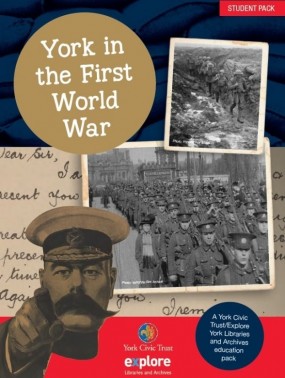
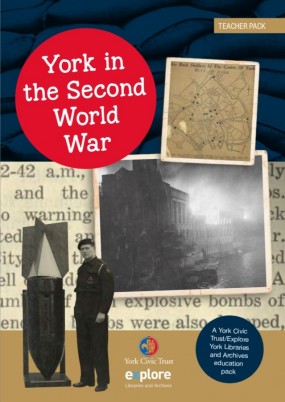 The final two packs focus on the first and second world wars, again using photos, documents and first hand accounts, detailing the experiences of those who lived through those terrible events. Once more, the emphasis is on the experiences of local people, perhaps the grandparents or great-grandparents of children using the packs. The stories are moving, sometimes tragic, but always interesting and a reminder of the everyday heroes of York who lived through national horrors.
The final two packs focus on the first and second world wars, again using photos, documents and first hand accounts, detailing the experiences of those who lived through those terrible events. Once more, the emphasis is on the experiences of local people, perhaps the grandparents or great-grandparents of children using the packs. The stories are moving, sometimes tragic, but always interesting and a reminder of the everyday heroes of York who lived through national horrors.